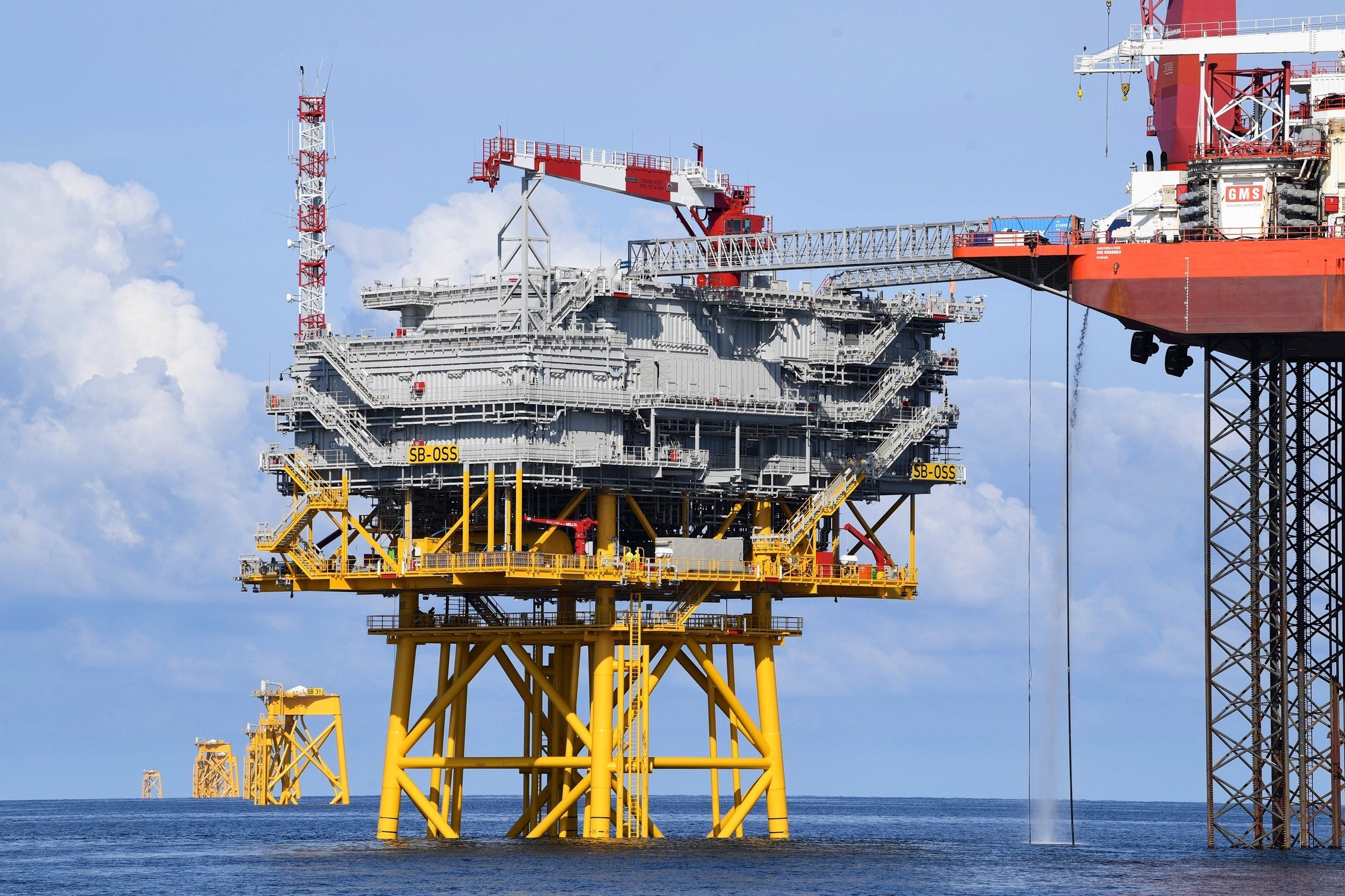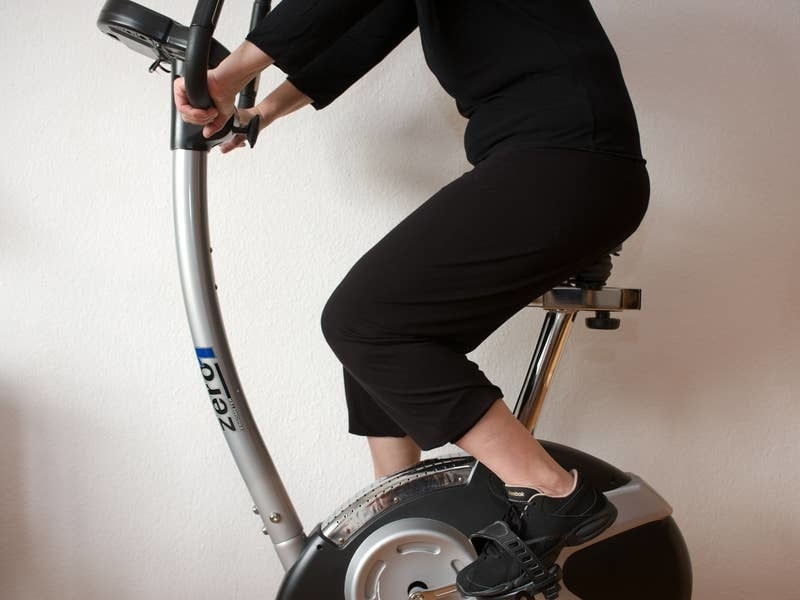In the first of a three-part series on the future of wind and renewable technology, JEP reporter Tom Innes visited the St Brieuc wind-farm development near Jersey
THOSE who follow cycling’s Tour de France will be familiar with the term ‘hors catégorie’, denoting a climb that is so long and steep that it is beyond categorisation.
The same principle applies to the offshore wind farm that is sprouting from the sea in the Bay of St Brieuc, a little over 20 miles south-west of Corbière Lighthouse, described as ‘un projet hors norme’.
In an effort to make sense of the extraordinary project, the JEP found out more about the development, and got an up-close view to go with the glimpses that are available from raised vantage points on Jersey’s coast.
One such viewpoint is JEP photographer David Ferguson’s house in St Ouen, leading to a notion that perhaps we could ‘pop across’ on a boat and have a look round the $2.1 billion installation, which will boast 62 wind turbines on raised platforms, and an offshore substation, by the time it’s completed in just over a year’s time.
Once we had taken advice that the ‘do-it-yourself’ option might be ill-advised, contact was established through the correct channels and we discovered that Ailes Marines, the company responsible for the project, were happy to help. A comprehensive bilingual website was a good start, and then came an invitation to join a small group of mainly French media to head offshore and see for ourselves.
The project may be extraordinary, but it certainly isn’t ‘beyond categorisation’ – quite the opposite in fact, with a raft of stats and dimensions that give an idea of scale.
Covering an area of around 75sq-km, around two-thirds the size of Jersey, the turbines will be arranged in seven rows, with 1,300 metres between each row and 1,000m between each individual platform.
Known as ‘jackets’, the yellow structures on which the masts and turbine blades will be mounted currently number 24, and appear like small dots on the horizon as we leave the port base of Lézardrieux, around 30km to the west.
It’s only when you are circling one of the two dozen platforms that you realise they are up to 30 metres above sea level, depending on the state of tide, with the majority of each jacket lying beneath the water level, with the three legs dropped into pre-drilled holes up to two metres deep and sealed with concrete.
The jackets were transported upright on barges in sets of four from the Breton port of Brest, providing the chance to see their full 75-metre height prior to being installed.
Drilling was among the most challenging aspects of the project, according to Emmanuel Rollin, vice-president of Ailes Marines, with the company’s installation contractors developing a range of specialist tools that could cope with various types of rock surface found on the seabed.
He said: ‘The conditions of the site are very complicated, and mean a project like this is always challenging, but we are on track and can be reasonably optimistic that we will finish as planned.’
The turbines, made up of a 90-metre mast and three 80-metre blades, will be affixed to each platform next summer.
The project is one of four offshore farms currently being developed by the French, with two others off the coast of Normandy and a further site to the west of Saint-Nazaire, while Ailes Marines has confirmed its intentions to bid for at least three future schemes.
French determination to increase renewable energy production and move away from a dependence on nuclear power has been spearheaded by President Emmanuel Macron, who visited the Saint-Nazaire site recently and is seeking to streamline the approval process for future projects.
Those living around the Bay of St Brieuc have given a mixed reaction, with considerable enthusiasm about the environmental benefits of wind power, as well as practical economic dividends such as job creation.
The ecological impact of the scheme has led to some concerns, which the project team has sought to counter with stakeholder meetings – almost 2,000 have taken place and detailed surveillance of marine life. Tracker devices fitted to scallop shells designed to measure stress levels, thereby safeguarding the Coquilles St Jacques for which the area is renowned, is just one example.






